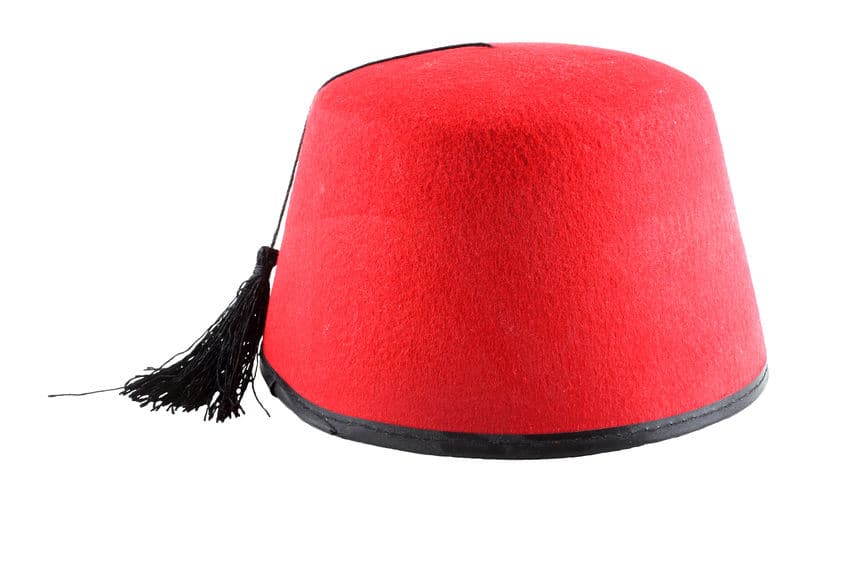

We also created a straw-hat prototype.”īack in Lebanon, the team started expanding their brand with short- and long-sleeved shirts displaying “love” and “Beirut” in Arabic, pullovers, poufs, jogging harem pants and sweatshirts. “With no seam marks, it was easier to wear. “Just in two days, we created a new hat style,” Haddad said. But Boshies' hats and winter caps would be the main focus of the collection. My work and Elias’ ideas are complementary. I design and produce and he is in charge of the business, graphics and marketing.”Įlias and Ferjane’s meeting with a seamstress and a hatter in Bologna, Italy, helped them create a business plan for an affordable casual wear line that would go beyond hats. It made me sad realizing these clothes would disappear so I started working on modernizing harem pants, adapting them to women, for instance, in order not to lose this heritage. I wanted to capture his wrinkles in detail. Before he posed for the photos, the man dressed up in this traditional beige costume composed of harem pants and a buttoned shirt. I completely forgot his face as I had never seen anything like it before. “I took a photography class and our teacher asked for portraits, so I went to a small village and met the oldest man there," she said. "He was 104 years old. Ferjane told Al-Monitor how she started to modernize traditional clothes. He then met with Ferjane, a designer whose focus is on modernizing traditional Lebanese and Arabic clothes such as harem pants. “During the first year of business, I received a lot of positive feedback from the market so I decided to take the idea further." I also wanted to send a message of innovation and emancipation to the Lebanese and Arab youths,” Haddad told Al-Monitor. “I wanted the tarboosh to become a unisex fashion accessory, rather than a headgear for men. During Beirut Design Week 2016, Haddad showcased a new version of the famous hat - modernized and easier to wear in daily life. Today, the tarboosh is part of the folklore, and bad replications are sold to tourists in search of exoticism. The fez was worn in the Middle East and North Africa until the 20th century. The reformist sultan, who had seen North African sailors wear the headgear, urged all bureaucrats to wear it instead of the turban, which he considered oriental. The tarboosh, also called fez, was adopted by Ottoman Sultan Mahmud II in 1826.

The two designers now work on a line that would modernize Middle Eastern casual wear.

In 2016, he launched his new line Boshies and since has been collaborating with fashion designer Diane Ferjane. Lebanese designer and entrepreneur Elias El Haddad wants to breathe new life into the tarboosh, the traditional red flat-topped hat worn by men during the Ottoman era.


 0 kommentar(er)
0 kommentar(er)
